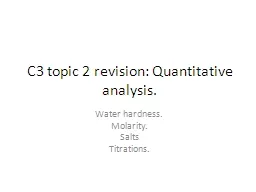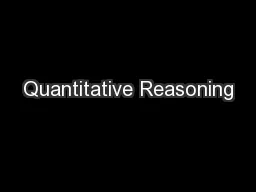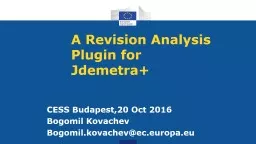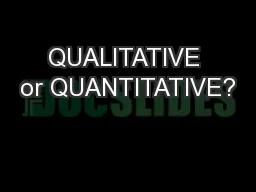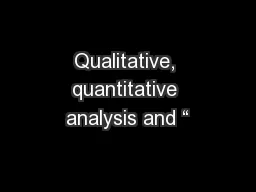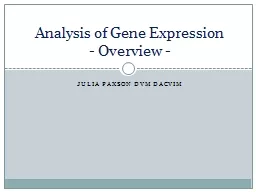PPT-C3 topic 2 revision: Quantitative analysis.
Author : summer | Published Date : 2022-06-11
Water hardness Molarity Salts Titrations Water hardness Which ions make water hard How can we test for water hardness How can we remove temporary hardness How
Presentation Embed Code
Download Presentation
Download Presentation The PPT/PDF document "C3 topic 2 revision: Quantitative analy..." is the property of its rightful owner. Permission is granted to download and print the materials on this website for personal, non-commercial use only, and to display it on your personal computer provided you do not modify the materials and that you retain all copyright notices contained in the materials. By downloading content from our website, you accept the terms of this agreement.
C3 topic 2 revision: Quantitative analysis.: Transcript
Download Rules Of Document
"C3 topic 2 revision: Quantitative analysis."The content belongs to its owner. You may download and print it for personal use, without modification, and keep all copyright notices. By downloading, you agree to these terms.
Related Documents

